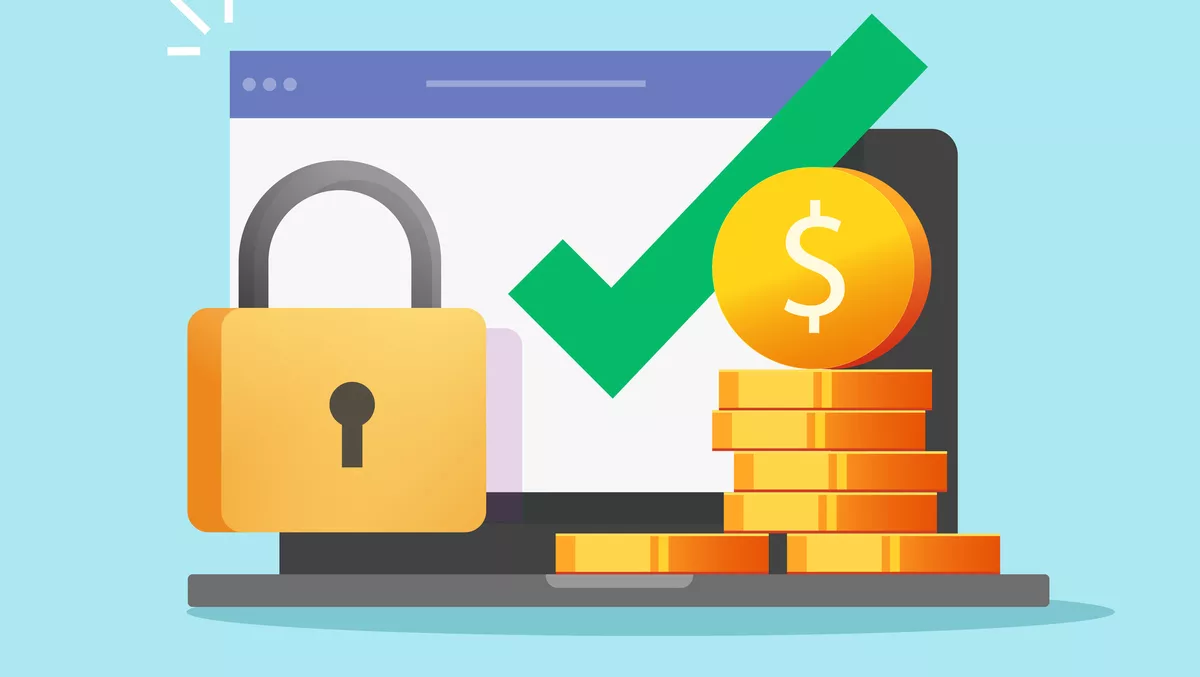
Investigating the secure frontline of NZ's eInvoicing rollout
As of 31 March 2022, Central Government agencies in Aotearoa were required to be capable of receiving eInvoices.
Our Australian counterparts are also actively implementing government eInvoicing, with all Commonwealth agencies mandated to adopt eInvoicing by 1 July 2022 and NSW having already met a January 2022 deadline in its state. This is signalling an overall operational change across Australasia in the way secure business is conducted.
Businesses have jumped at the opportunity as well, with many private companies expressing positive sentiment on the matter.
The Ministry of Business, Innovation and Employment in NZ says on their eInvoicing website that over 280 million business to business invoices are exchanged in New Zealand annually, and savings to the NZ economy through eInvoicing are estimated to be $4.4 billion over ten years.
Furthermore, the government aims to have 90% of business to Central Government invoices as eInvoices by July 2026, cementing their commitment to changing the way they work.
Clearly, this is a significant growth area for our country, and organisations are being encouraged to look to the future.
But with any new technology implementation, there comes a set of risks. Any online financial transaction, data or invoice can carry a risk of becoming compromised, as threat actors find new ways to breach systems for their own personal gain.
Invoice scams are still a common occurrence in New Zealand, with RNZ reporting a significant spike in 2019. Threat actors would intercept emails and create fake invoices, then send them through to unsuspecting receivers. This type of crime was reported to be the third most common form of online lawbreaking in Aotearoa, behind phishing and ransomware.
So the question now is what is being done to keep our eInvoicing systems safe and secure, and what can businesses do to go forward safely when implementing eInvoice technology?
New Zealand has adopted the Peppol system similar to our Australian counterparts. Peppol is described as "a set of artifacts and specifications enabling cross-border eProcurement."
It is governed by a multilateral agreement structure which is owned and maintained by OpenPeppol. An eDelivery network connects different eProcurement systems by establishing a set of common business processes and technical standards, creating an interoperable and secure network connecting all access points.
We spoke to a representative from the New Zealand Peppol Authority at the Ministry of Business, Innovation and Employment, who shared some helpful insight into the safety and security measures that are in place when using these systems.
"eInvoicing is a network (four corner framework), for sending eInvoices. The goal is to promote Interoperability, standardisation and improve payment times for suppliers," says the spokesperson.
"It's more secure than PDF invoices sent by email to buyers and has a whole range of other benefits for your business."
The security for Peppol is layered, with three distinct security features utilised to further ensure safety.
On the network layer, there is the inclusion of AS4 for the transmission of asynchronous messages between access points. There is also public key infrastructure which establishes a trusted network, and a digital certificate for access points and service metadata publishers.
The transport layer highlights key data security aspects, with NZ Authority Access Point Accreditation and various encryption models at all stages. There are consistent third party testing and security monitoring practices as well.
At an agency level, the technology meets the strict security standards set by the NZ government.
When looking at the security differences between standard invoicing and eInvocing, the representative stated that there was a significant edge for eInvoicing.
Because the access point is able to validate the sender and receiver through the network, this adds another secure layer to the sender's and receiver's business process.
Data is also more structured with eInvoicing, which enables more efficient and effective matching and validation.
AS4 encryption means documents are more secure than PDF invoices sent via email – which can be intercepted and contents changed (like amounts and bank account number) before being sent to the recipient. This links closely to concerns around similar scams we have seen in the past and quashes the problem at the source.
For peace of mind, people can also view a list of accredited participants and view their certifications by going through to their websites. The list can be found here.
As a Peppol Authority, MBIE also has a responsibility to ensure safety. From onboarding measures for providers to overseeing the local implementation of the Peppol framework and checking compliance, the agency has a hands-on approach.
The Ministry encourages businesses to become involved in the eInvoicing process and look at the best secure options to suit their needs.
"Check whether your accounting or invoicing software has eInvoicing capability. Most small businesses will not need to get an access point (to access the eInvoicing network) as their small business accounting or invoicing software is likely to provide this service. For other businesses requiring an access point, select one from the accredited access point providers listed on the eInvoicing website."
A company well versed in all things eInvoicing in Aotearoa is Xero, who are playing an active part in providing secure services to businesses making changes to their invoicing structures.
They are a Certified Peppol Access Point, and can provide free secure invoicing services to subscribers so they can send and receive eInvoices to central government should they need.
Xero's head of product - eInvoicing Simon Foster, says eInvoicing with Peppol is a fantastic initiative that will help bolster financial and data security.
"eInvoicing via the Peppol network offers a more secure way to manage the exchange," he says.
"Most scams work by sending millions of messages and, unfortunately, a few people will fall for it and respond. That's very difficult to do on Peppol as you can't send an anonymous message.
"With email, not only can the sender and email software be anonymous, the contents of emails can also be intercepted and tampered. On Peppol, interception is much more difficult - the access point is accredited by MBIE and their eInvoices are traceable; this means if anyone does attempt fraudulent activity, they're highly likely to be caught."
Foster says that with the significant changes to how cloud technologies are implemented, the heightened security risk is something businesses should be aware of. He also says eInvoicing is an added layer of protection.
"The vast majority of small businesses now operate online in one way or another, whether using cloud technologies to run their business, selling products and services online, or even simply using email to communicate with staff and customers. But this increased presence online means cybersecurity is more important to protect valuable information and keep things running smoothly.
"Cybersecurity doesn't have to be complicated. Simple steps, like adding multi-factor authentication to your accounts and avoiding sharing passwords (even with employees), can go a long way. Additionally, new technologies like eInvoicing add an extra layer of security, with no human intervention, reducing the risk of fraud and offering peace of mind that an invoice will reach the right customer safely."



